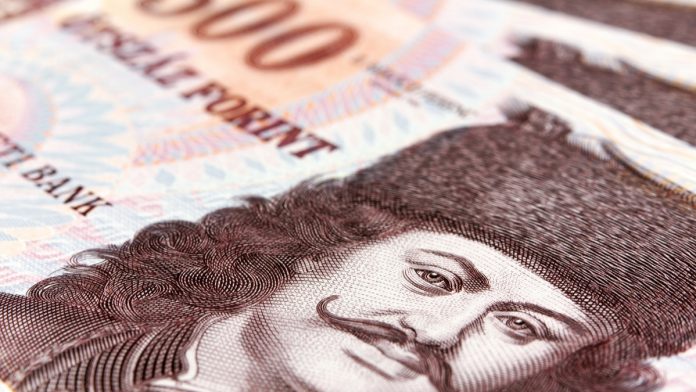The Hungarian Forint is advancing versus the US Dollar in early trade on Monday as investors digest another big move from the US Federal Reserve.
At 09:30 UTC USD/HUF trading -0.4% lower at 303.65, paring some gains from the previous week. Last week fear drove investors into the safe haven dollar, pushing the US dollar Hungarian Forint exchange rate 2.6% higher.
US Dollar Drops As Fed Cuts Rates By 1%
The dollar is trading on the back foot across the board on Monday after the US Federal Reserve, on Sunday evening, made its second emergency interest rate cut in the space of a week.
The Fed slashed interest rates by 100 basis points, taking the interest rate to 0% – 25%. The Federal Reserve also pledged to restart QE, purchasing $700 billion in treasuries. Additionally, the Fed also cut reserve requirements for banks to 0%. The Fed has thrown pretty much everything it can at shielding the US economy from the sharp economic shock that coronavirus will bring in the coming weeks and months.
These measures show the severity of the economic impact that the Federal Reserve is expecting as more countries close their borders, more people are in lock down, isolation or quarantine and businesses grind to a halt.
Whilst the dollar is lower in early trade on Monday, the move by the Fed has not stemmed fear in the financial markets. European stock markets have tumbled over 5% in early trade on Monday and US stock markets are pointing to similar losses when they open.
Investors are now looking towards government policy makers to do more to shore up the global economy. Particular attention will be paid to any policy decisions by G7 and G20.
Hungarian Forint Adances Despite Weak Construction Data
The Hungarian Forint is advancing versus the US dollar on Monday. However, this is more to do with broad dollar weakness than any fundamental Hungarian Forint strength.
The push higher for the forint comes despite a sharp fall in construction output in Hungary. Construction output fell -2.5% year on year in January. This was down from the 2.7% increase recorded in December and well below the 2.5% increase forecast.




